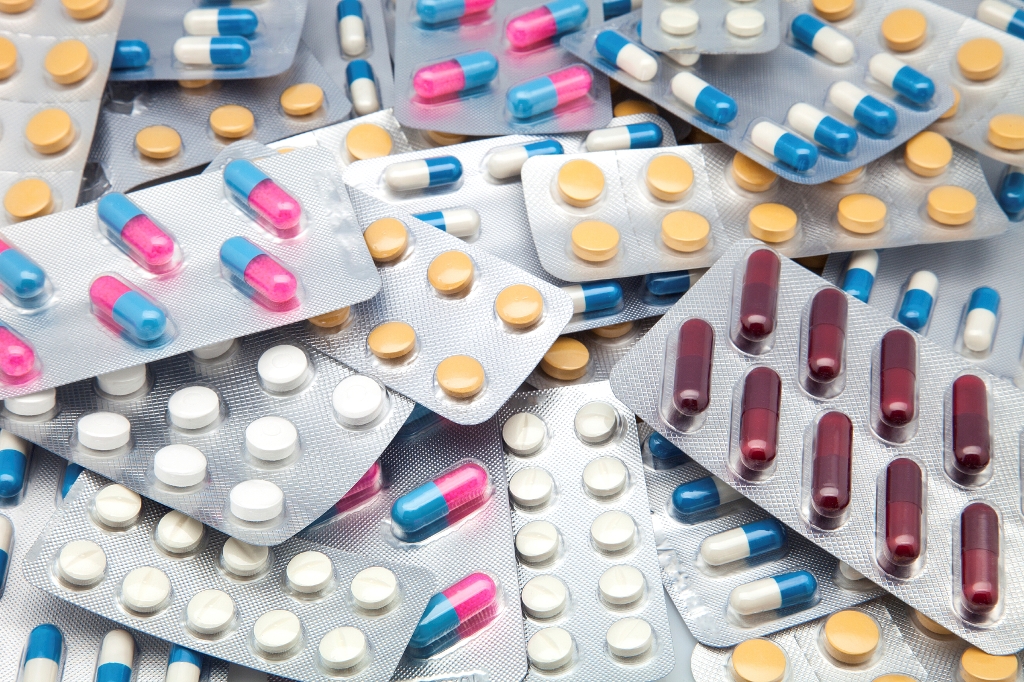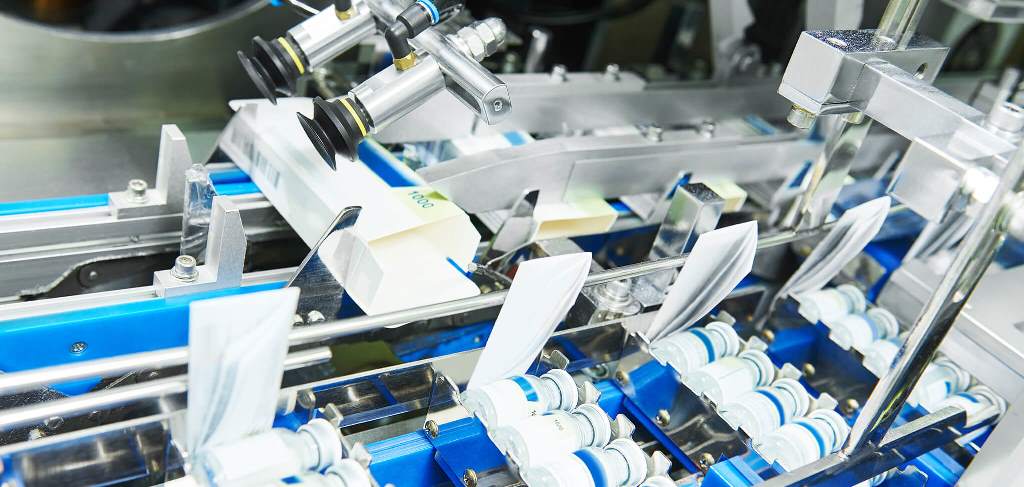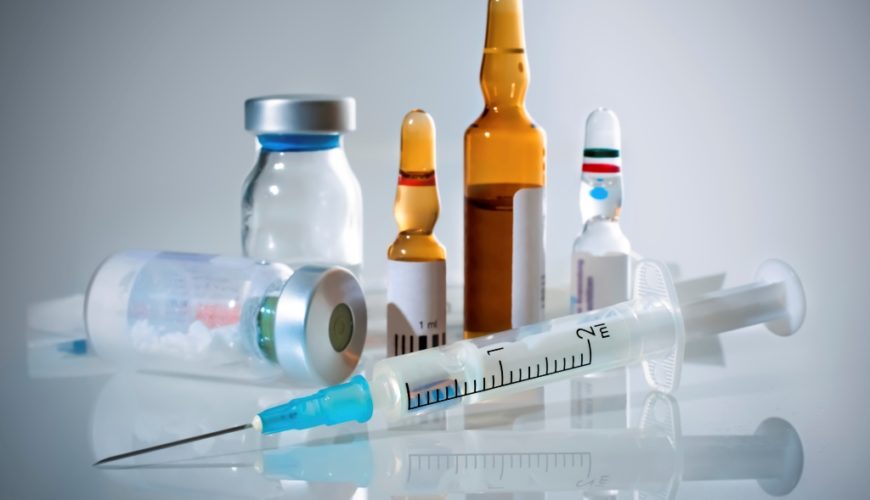Regardless of the industry, product packaging is one of the essential elements. Its the first thing that convinces the consumer whether he/she should buy the product or not. All the ingredients, supplement content, etc. are also mentioned on the packaging. But when it comes to the pharmaceutical industry – packaging gets more crucial.
It is because the quality of the drug depends on the quality of its packaging. Therefore, one of the major pharmaceutical services offered by pharmaceutical companies in the packaging. In this article, we are going to review the role as well as the packaging types used in pharmaceutical industries to ensure drug quality.
Role And Importance Of Packaging In the Drug Industry!

The main reason for packing medicines in good packaging material is to protect them from contamination. Furthermore, the packaging is also important for handling drugs. It protects the content from sunlight, moisture, any biological or mechanical damage, and counterfeiting. Most importantly, the packaging is very crucial for the storage of the medicines. Another reason for using packaging for medicines is to print the dosage, content percentage and labeling of the product.
Types Of Packaging Used In Medicine Industry!
As the reason for packing the medicines is to prolong its storage period, prevent contamination and ensure drug quality. There are three different levels or categories of pharmaceutical packaging. It includes:

Primary Packaging:
The most outer packaging in which the dosage form or equipment is packed. This packaging prevents any type of interaction with the drug. It includes Strip packages, blister packages, etc.
Secondary Packaging:
Once the pharmaceuticals are primarily packed, the next thing is to store them in a group such as boxes, cartons, etc.
Tertiary Packaging:
The last type of packaging is the one needed for bulk handling of the medicines. This packaging is usually used when the medicines needed to be delivered. The most common packing materials in this packaging are containers and barrels. When it comes to containers, there are two major types of containers used to deliver pharmaceutical products: Glass containers and plastic containers.
- Glass Containers/Barrels:
To protect the medicine from contamination, sunlight, moisture or any other biological effect the drug companies usually uses four types of glass containers:
- Type I-Borosilicate Glass: These are the most resistant and chemically inert glass containers that are used to contain strong acids and alkalis.
- Type II-Treated Soda-lime Glass: these glasses are more chemically inert than the Type-I containers. It prevents the weathering/blooming from liquid medicine bottles.
- Type III- Regular Soda-lime Glass: It provides an average chemical resistance to store medicinal products.
- Type IV- General Purpose Soda-lime Glass: This glass container is used for all the medicines that are to be used orally or topically. This glass is not perfect for storing any parenteral medicines.
- Plastic Containers/Barrels:
A large number of pharmaceutical manufacturers uses plastic containers of various design to store the medicines. These containers prevent leakage as well as breakage of the medicines. The most common types of plastic containers used in drug packaging include:
- Polyethylene (PE).
- Polypropylene (PP).
- Polyvinyl Chloride (PVC).
- Nylon (polyamide).
- Polycarbonate.
- Acrylic multipolymers (Nitrile Polymers).
- Polyethylene terephthalate (PET).



